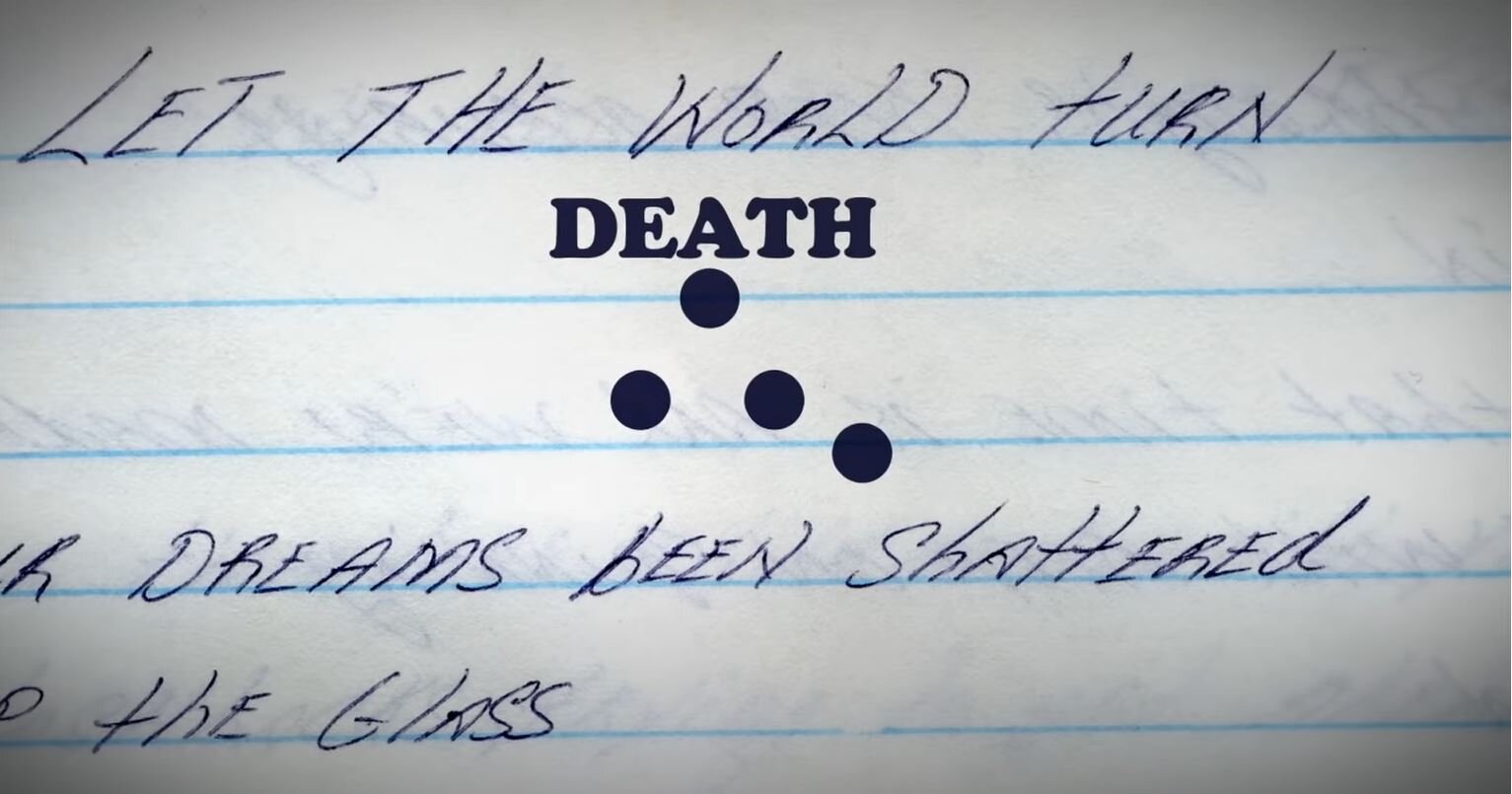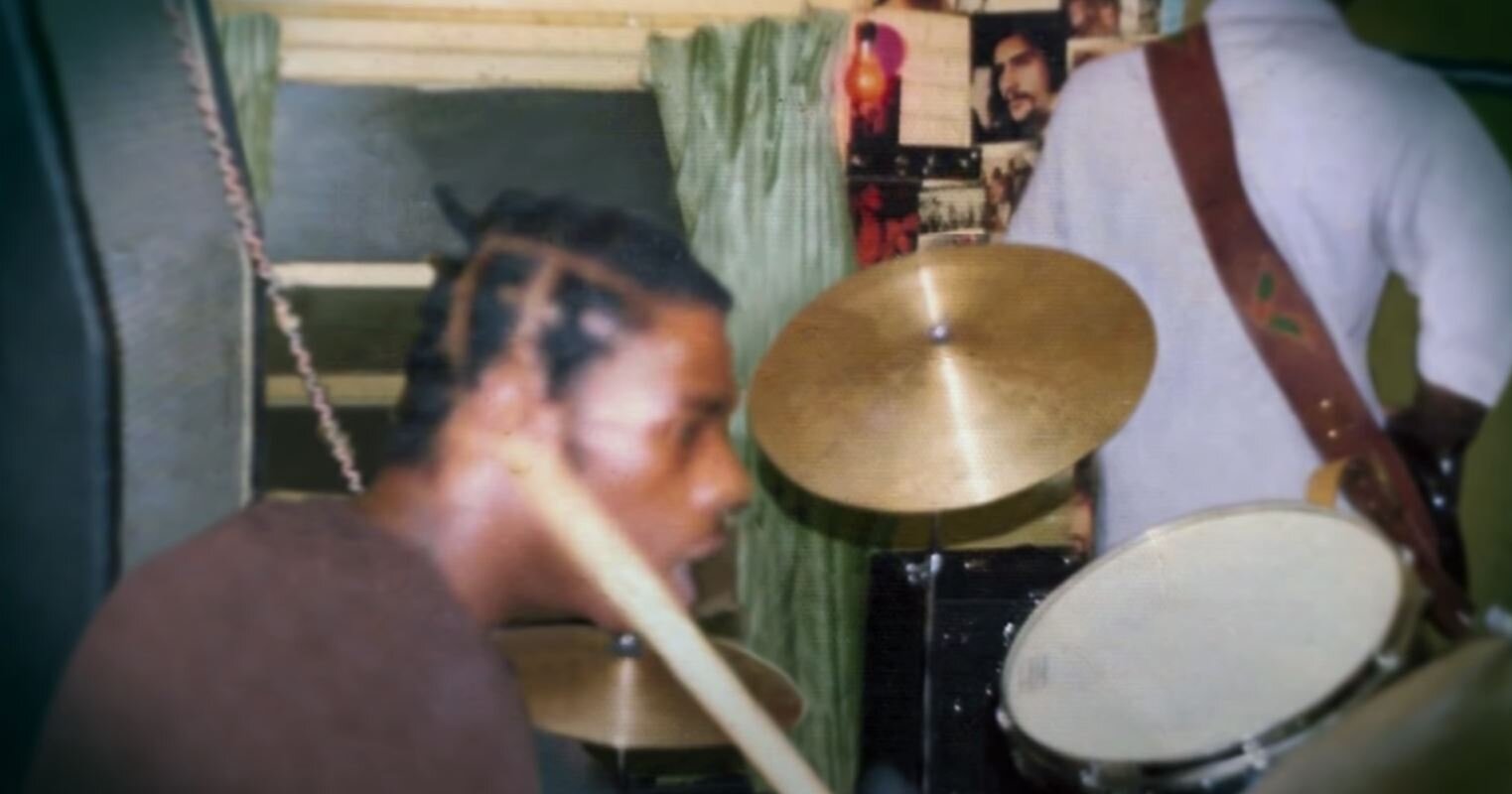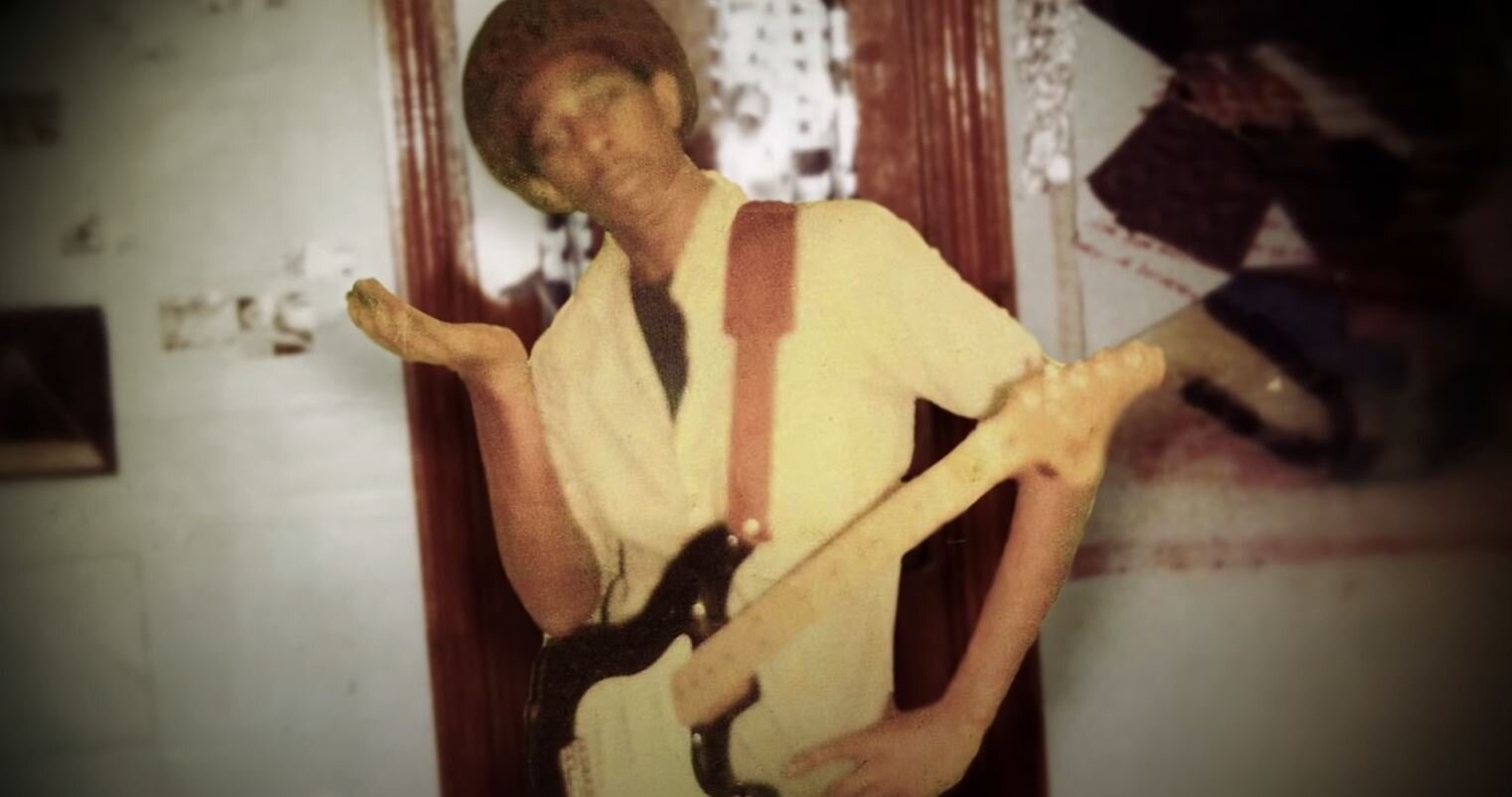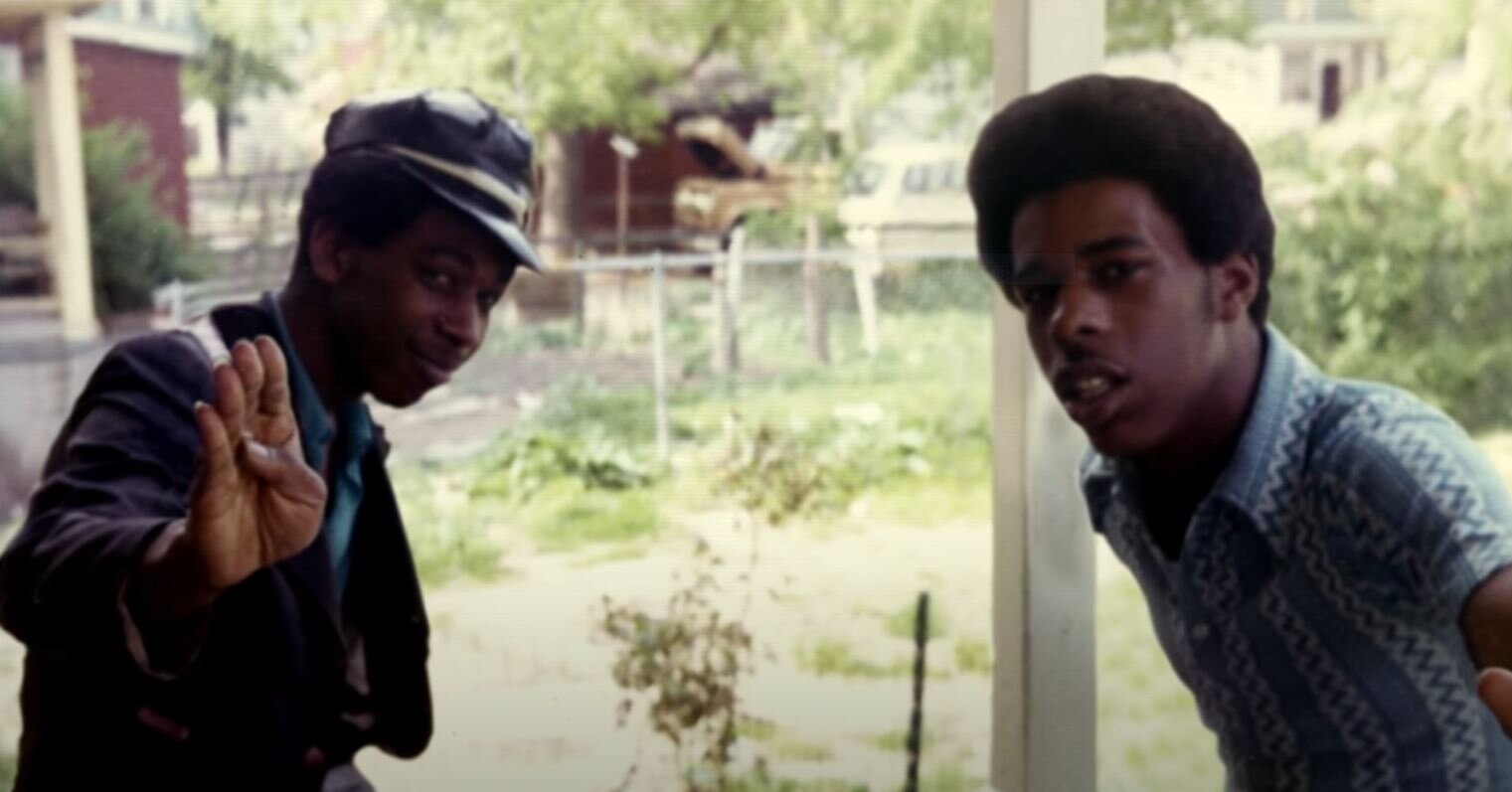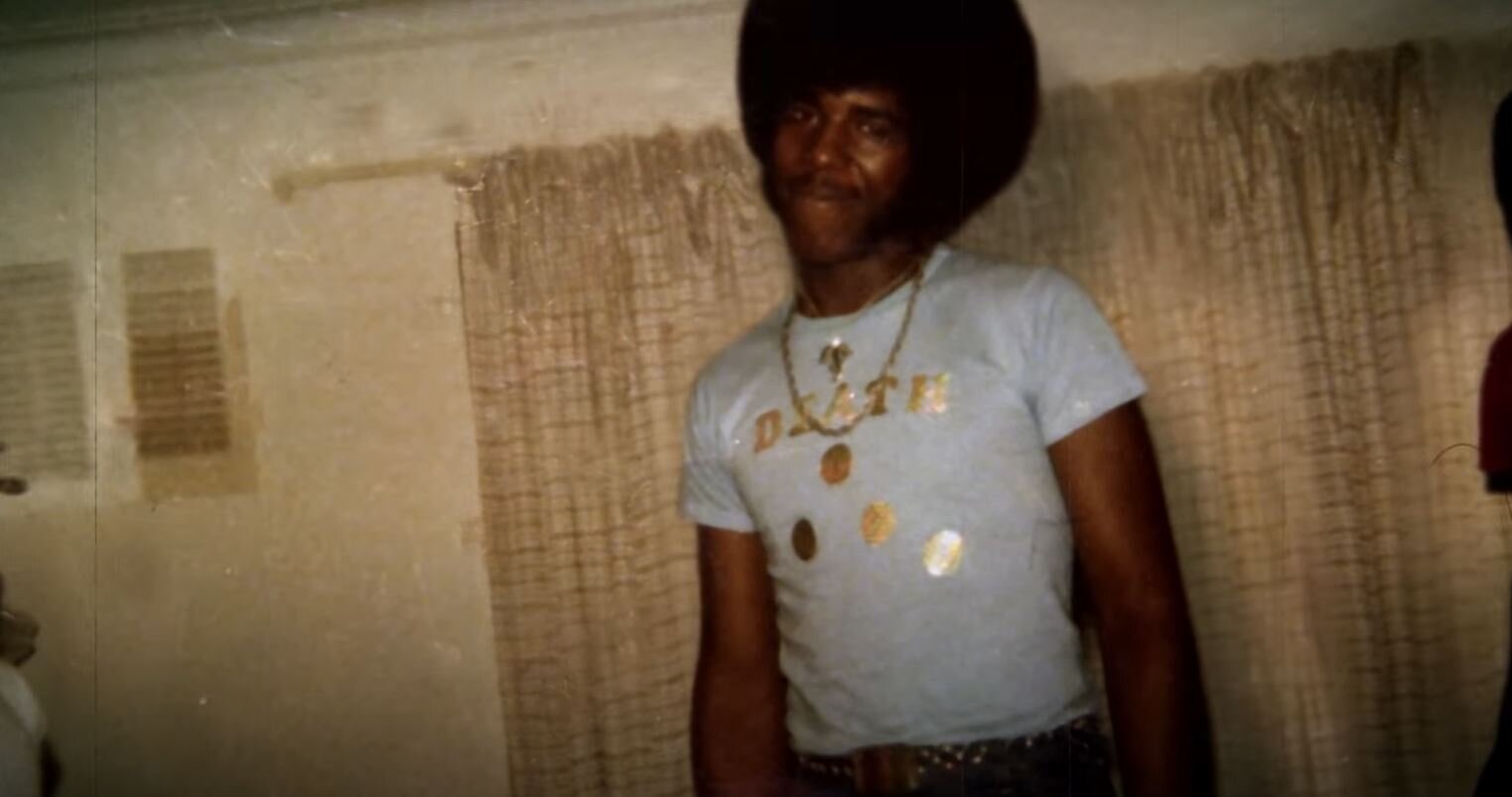Punk subculture is a coalescence of countless radical aesthetics and convictions. Irrepressibility. A do-it-yourself spirit. Anti-establishment and anti-authoritarian mindsets. Rebellious attire.
Notorious whiteness.
With the rise of bands and artists from the likes of the Ramones, Patti Smith, and the Sex Pistols in the mid-70’s, three black brothers from Detroit, unbeknownst to the rest of the world, had already laid out the foundation.
The story of the brothers was recalled in a 2012 documentary film titled A Band Called Death, directed by Mark Christopher Covino and Jeff Howlett, and follows two of the brothers as they tell the tale of Death and its new found glory decades after their disbandment.
The film begins, after a compilation of confessions from musicians like Kid Rock and Questlove, by giving us tracking shots of worn down houses, caved-in rooftops, and dilapidated arches that read
MO OR CITY IN U T R L PARK
in Detroit, Michigan. “Welcome to my neighborhood,” Bobby Hackney Sr. boasts, “2240 Lillibridge. This is where Death was born.”
The band was composed of Bobby Hackney Sr. on vocals and bass, Dannis Hackney on drums, and David Hackney as guitarist, songwriter, and leader.
The Death brothers grew up during Motown time in Detroit, preacher’s sons with spirituality rooted deep within them. It’s when their father sat them down to watch The Beatles play that they knew music is what they wanted to do. It was David that rallied them together to form the band. The brothers, unsure whether they wanted to be a rock or a funk band, were first called Rock Fire Funk Express. When David went down one day to see The Who, he knew rock and roll was the music they had to play. And when Dennis saw Alice Cooper, all bets were off.
The Death Triangle
After the death of their father, in Spring of 1974 David came up with the name that changed it all: Death. Their name would always have shock value, because “death is real,” David claimed. The goal was to put a positive spin on death, the ultimate trip. The circles on the band’s logo, the Death triangle, represent the three elements of life: the spiritual, the mental, the physical. The latter circle is the guiding spirit of the universe. It’s God, really.
Dannis and Bobby still ooze musician cool decades later, the brothers bringing the crew throughout their home while pointing out corners of memories and the ghosts of their instruments. This is where Dannis’ drums would be. This is where David would stand.
The name was a roadblock, but wouldn’t change under any circumstances. “If we give him the title of our band,” David said on record producer Clive Davis, “we might as well give him everything else.”
And what’s more punk than resistance? Than persistent blackness?
They don't care who they step on
As long as they get along
Politicians in my eyes
They could care less about you
They could care less about me
As long as they are to end
The place that they want to be
Politicians in My Eyes (1974/2009)
It’s in this discomfort that Death crafted itself as a band ahead of its time, proto-punk among an age of angsty whiteness.
But is it really all in the name? I don’t bite.
Black folks time after time are forced to deal with their invisibility and hypervisibility in popular culture. In the 70’s, the association with black musicians to the Motown sound, especially in its birthplace of Detroit, left artists like the Hackney brothers in the dust of a seemingly whitewashed sound: a sound that they pioneered.
“We were ridiculed because at the time everybody in our community was listening to the Philadelphia sound, Earth, Wind & Fire, the Isley Brothers,” Bobby said to Red Bull Music Academy, “People thought we were doing some weird stuff. We were pretty aggressive about playing rock ’n’ roll because there were so many voices around us trying to get us to abandon it.”
Their inability to get radio play caused them to sell most of their equipment, and in 1977 Death disbanded. Dannis and Bobby closed the book on that chapter in their lives and formed reggae band Lambsbread in the 80’s. Before David’s eventual death in 2000, he told his brothers, “The world’s gonna come looking for the Death stuff.” And he was right.
In the early 2000’s the resurrection began. The newfound discovery of Death was an anagmalation of things: Bobby Hackney’s sons’ interest in the punk rock scene, the influence of musician Don “Das” Schwenk, and the mysterious ways in which the universe can only discover a band of visionaries lying in wait decades later. Schwenk, a longtime friend of the Hackneys, was commissioned to create the album art for what would have been the Politicians In My Eyes LP back in the day: unable to pay him, the brothers gave him copies of the LP instead. Years later after Death’s demise, Schwenk began to hand them out to collectors. “It’s never too late,” he said.
The track list to Death’s original master tape from the 70’s
As the record began to circulate among collectors circles, niche popularity grew. It made its way to Chunklet magazine and eventually began to spin at underground rock ‘n roll parties. It’s how Julian Hackney, son of Bobby, discovered that his father and two uncles were punk before punk was punk—since the brothers never felt the need to tell the kids about all the rejection they went through as rock stars. After a friend of Julian recommended him to listen to the band Death, his father’s voice on the record was unmistakable. The discovery led to Bobby’s sons forming their own band, Rough Francis, to cover Death’s music.
And there is something quite beautiful about that. About the legacy of music passed down almost hereditarily, though unconsciously. It’s Bobby’s sons who made it their mission to get the music out, to let the world know that their father and uncles were the predecessors of what punk became. In 2009, Death was able to officially release their 1970s demos as the studio album …For the Whole World to See: it was named decades before by their late brother, David.
In the opening of the film, the camera follows Dannis and Bobby haphazardly, panning back and forth between their conversation with old neighborhood friends. When Bobby tells one of them, “They’re telling the story about death,” the woman shrugs, “I’m still here!”
Sounds familiar. Sounds like a legacy. Sounds immortal.
Bobby and Dannis Hackney showing off their official 2009 studio album, …For the Whole World to See
A Band Called Death (2012) can be streamed on Prime Video, or Youtube.com
…For the Whole World to See can be found directly on Spotify, Apple Music, and other streaming platforms
Unlinked pictures, including the featured image, were stills taken directly from A Band Called Death (2012)

